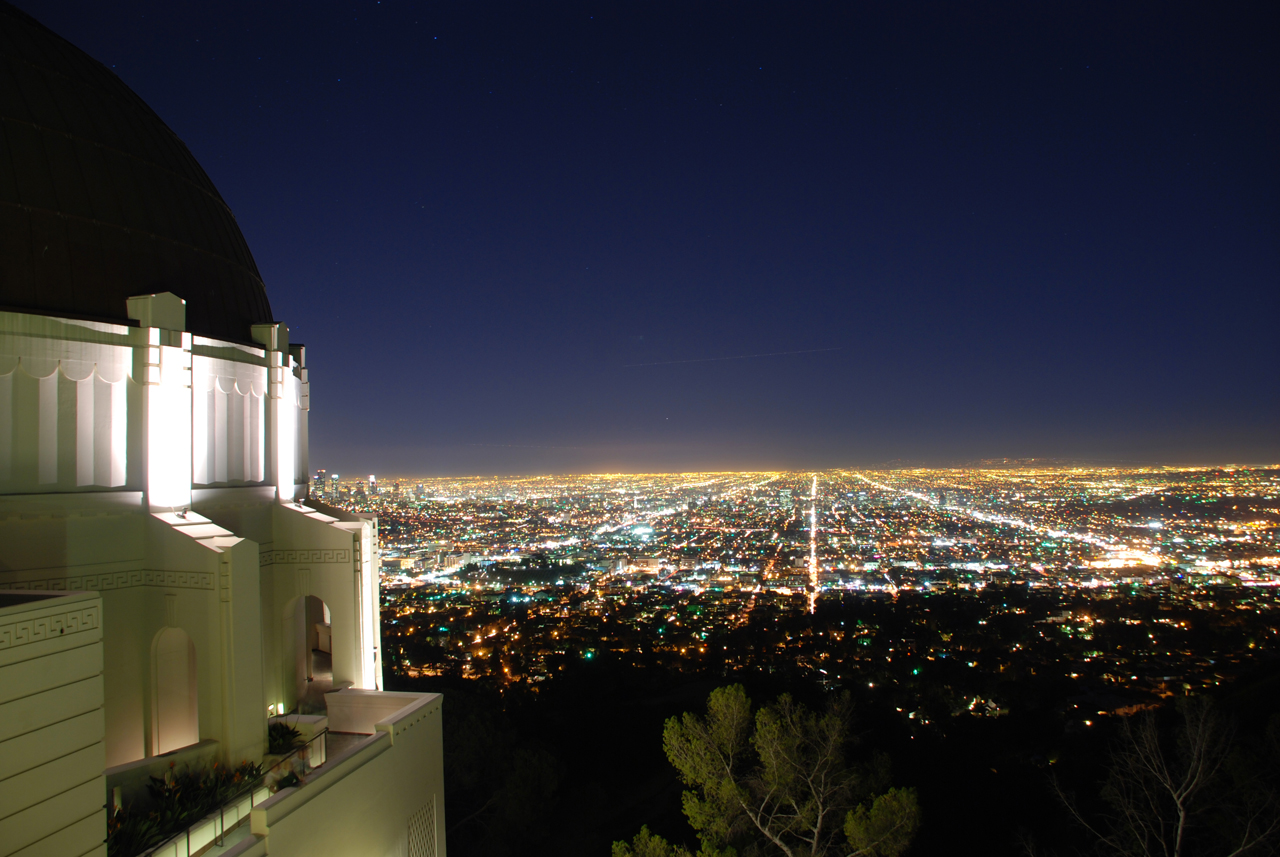Last Friday I attended the event “What’s
Wrong With Fat” Seminar sponsored by the UCLA Department of Sociology. At this
event, three speakers from different departments of UCLA critiqued the book “
What’s Wrong With Fat”.
Professor Abigail Saguy, the author of the
book, argued that the obesity epidemic is largely due to how media, politics
and medical science frames it. Nowadays the media have simply claimed that
being skinny is much better than being fat without explaining what the real problem.
As the result, more and more people from all ages are very concerned about
their physical shapes and weight number. As we discussed during the week of
medical and art, some people even tried liposuction to get lean. For example, BMI
is considered as an important index for people’s health. However, BMI higher
than 30 doesn’t mean that you’re unhealthy. BMI is simply calculated by dividing
the weight in kg by square of people’s health. It tells you nothing about your
body composition. The interesting fact is that many professional bodybuilding athletes
and amateur bodybuilders have the BMI higher than 30. Obviously they have high
BMI because of more lean muscle and actually BMI has been never an accurate
measure of obesity.
Weight scale tells you nothing either. A more
accurate index is the fat percentage. It tells more about your body composition
and how much of your weight are due to fat. Because media constantly report that
fatness is unhealthy, people care too much about the weight and continuously try
to drop weight. Ironically, some of them are actually dropping their lean
muscle rather than fat to get lower BMI and weight, causing their original
healthy body into unhealthy.
It's really interesting to attend this event and hear different opinions from people in different departments.People have too much prejudice about the fatness and I believe Professor Saguy is in the good direction to discuss fat rightly.
Citations:
1.Wilson, Stephanie. "IS BMI AN ACCURATE MEASURE OF OBESITY." . N.p., E-mail. <IS BMI AN ACCURATE MEASURE OF OBESITY>.
2.Erin, . "Understanding Body Fat Percentage and BMI." . N.p., Online Posting to Live Life Active. E-mail. <http://www.livelifeactive.com/2012/02/22/understanding-body-fat-percentage-and-bmi/>.
3. Picture taken by myself
4.Detrick, Paul. "UCLA Professor Abigail Saguy on What's Wrong with Fat?"Reason.com. N.p., 18 Mar. 2013. Web. 13 Dec. 2013.
5."What's Wrong with Fat?." UCLA Center for the Study of Women, n. d. Web. 13 Dec. 2013. <http://www.csw.ucla.edu/events/whats-wrong-with-fat-a-book-discussion-with-abigail-saguy>.












